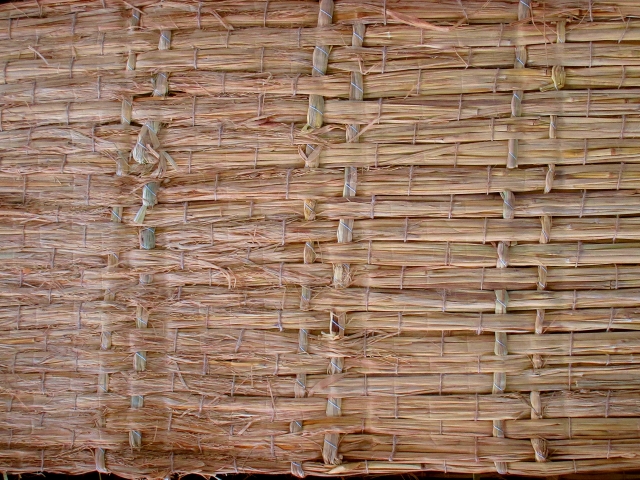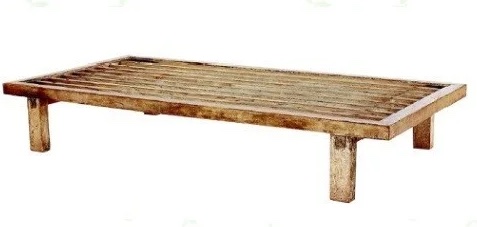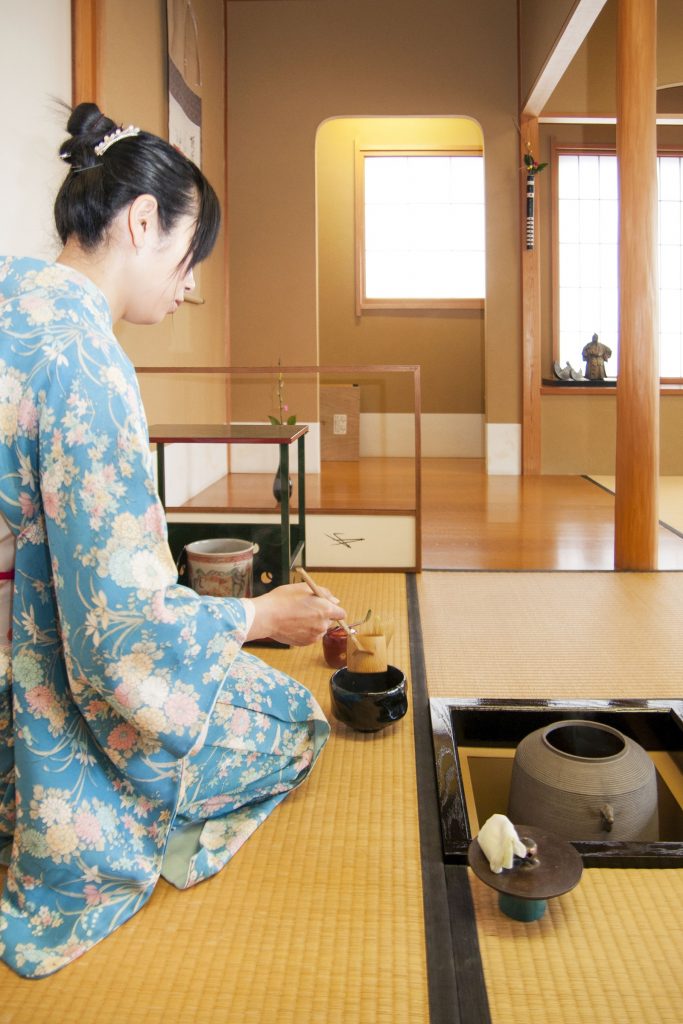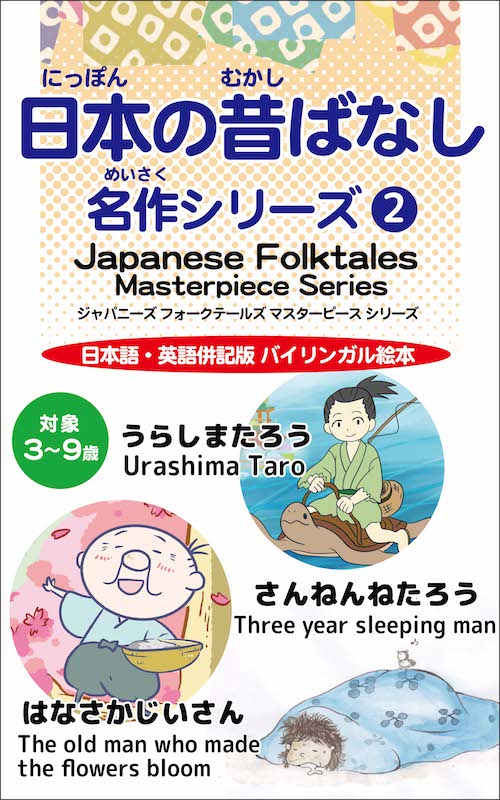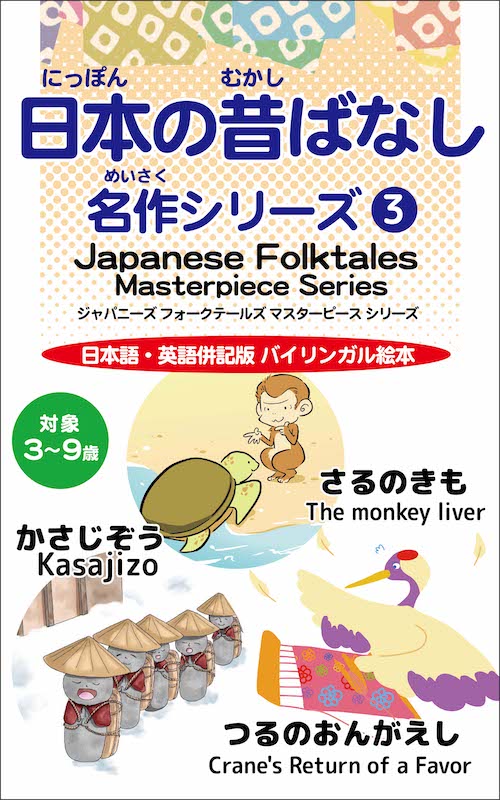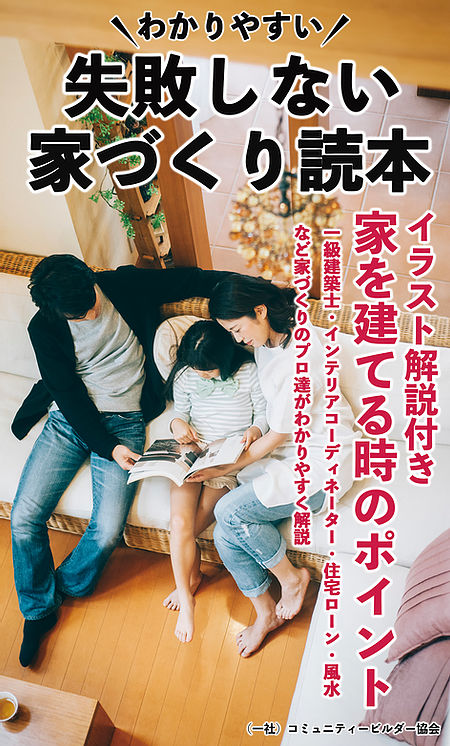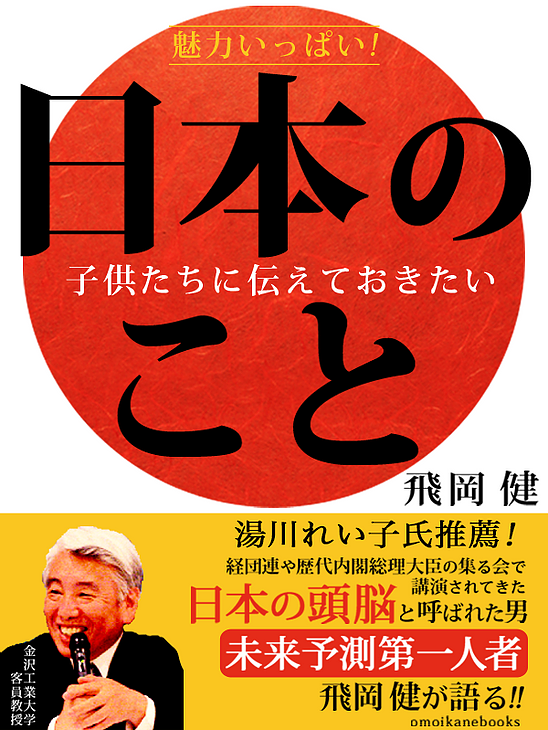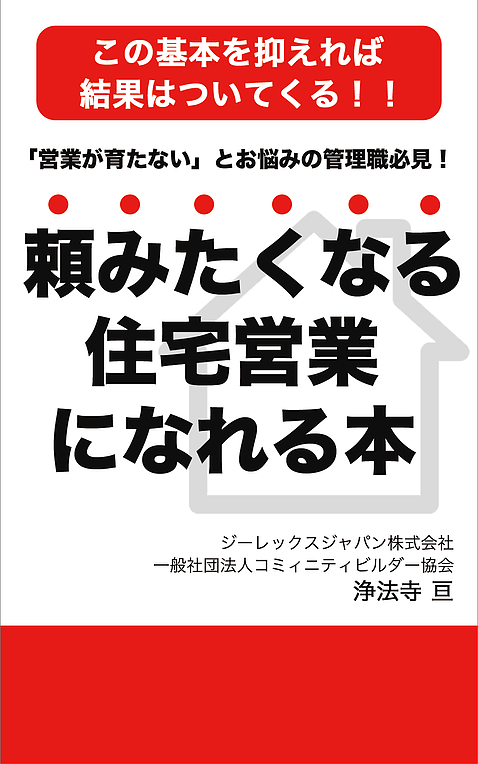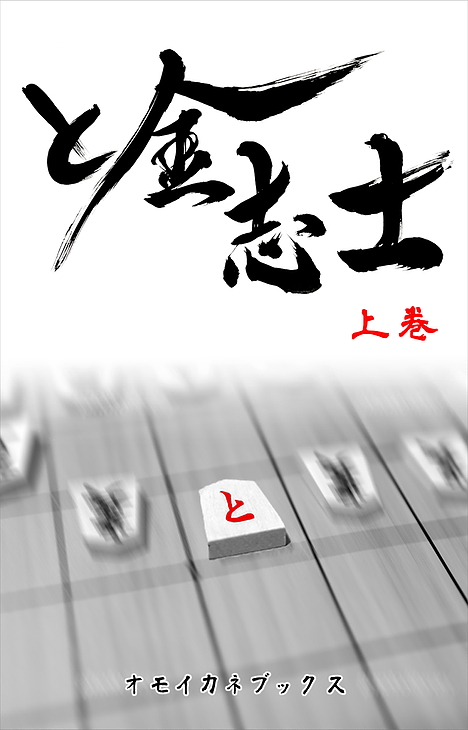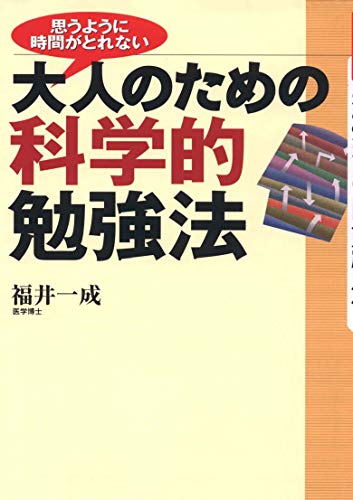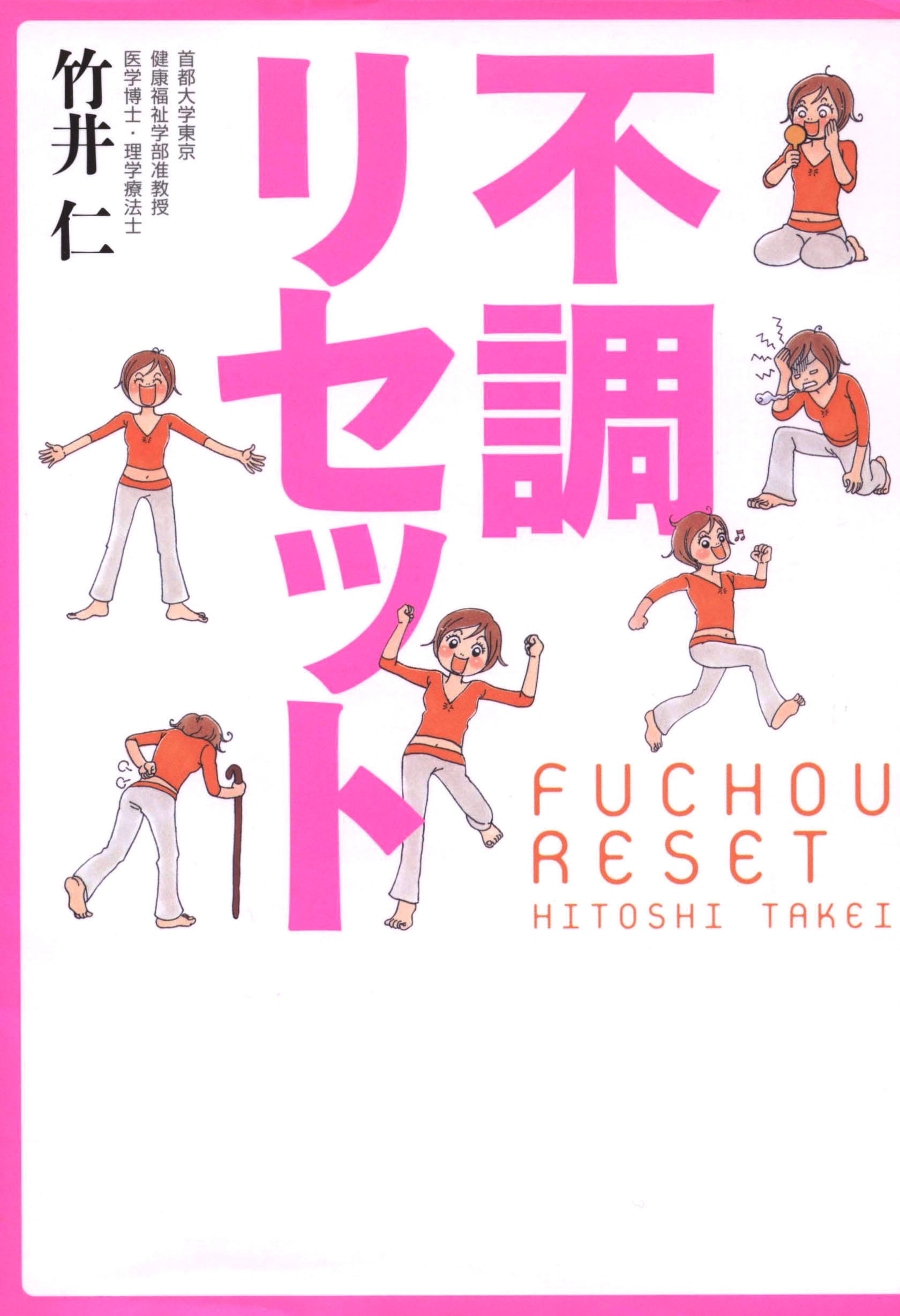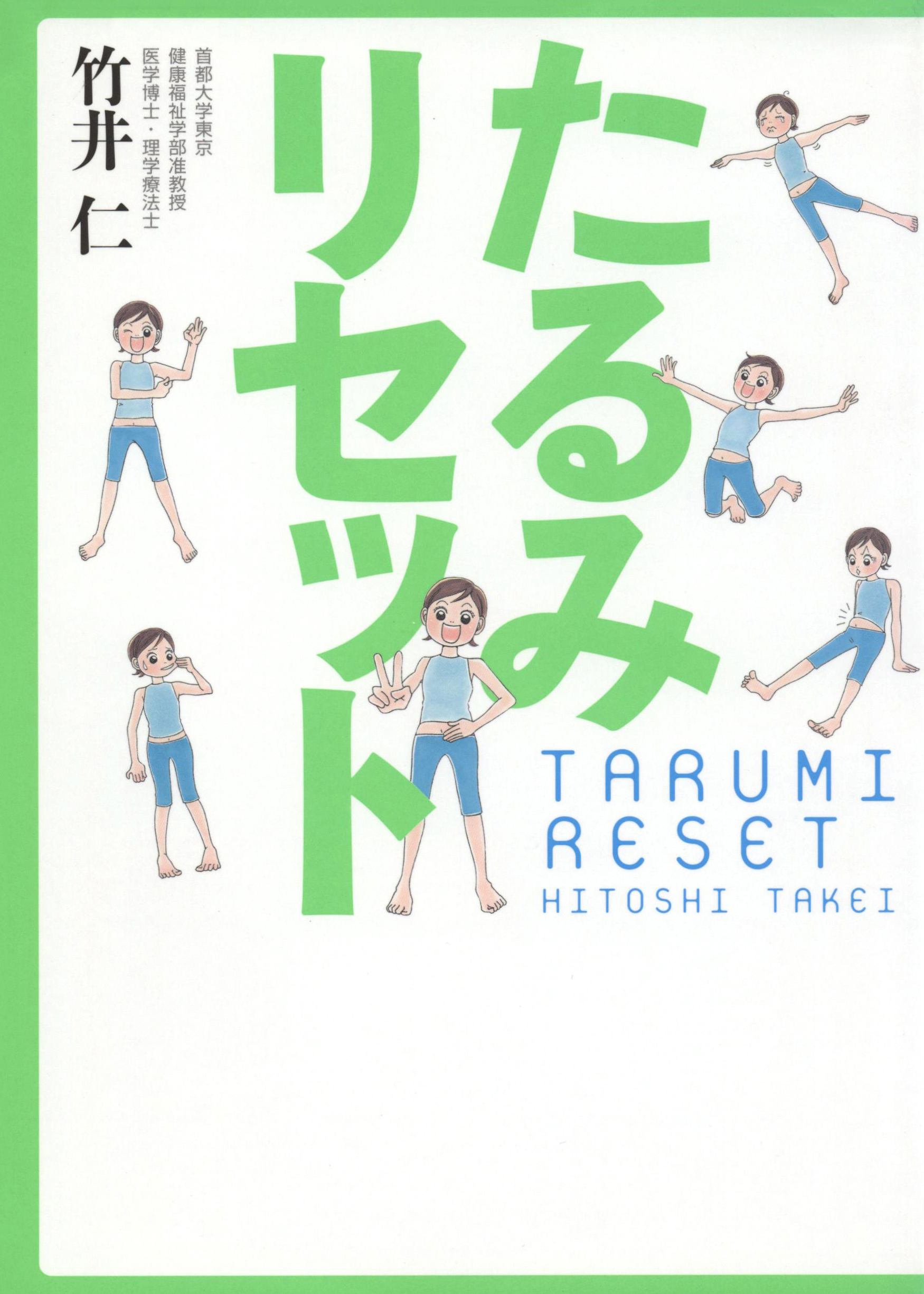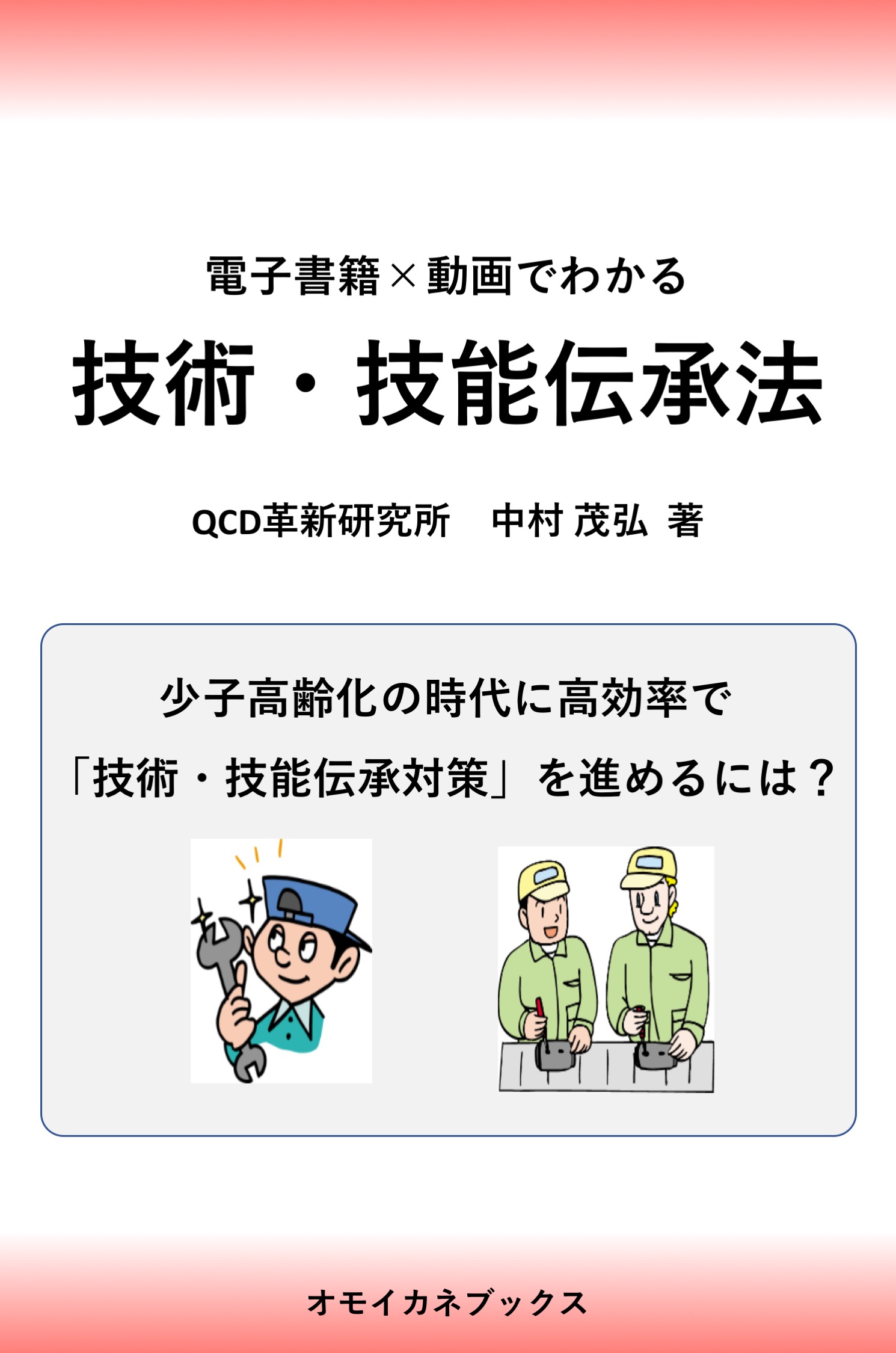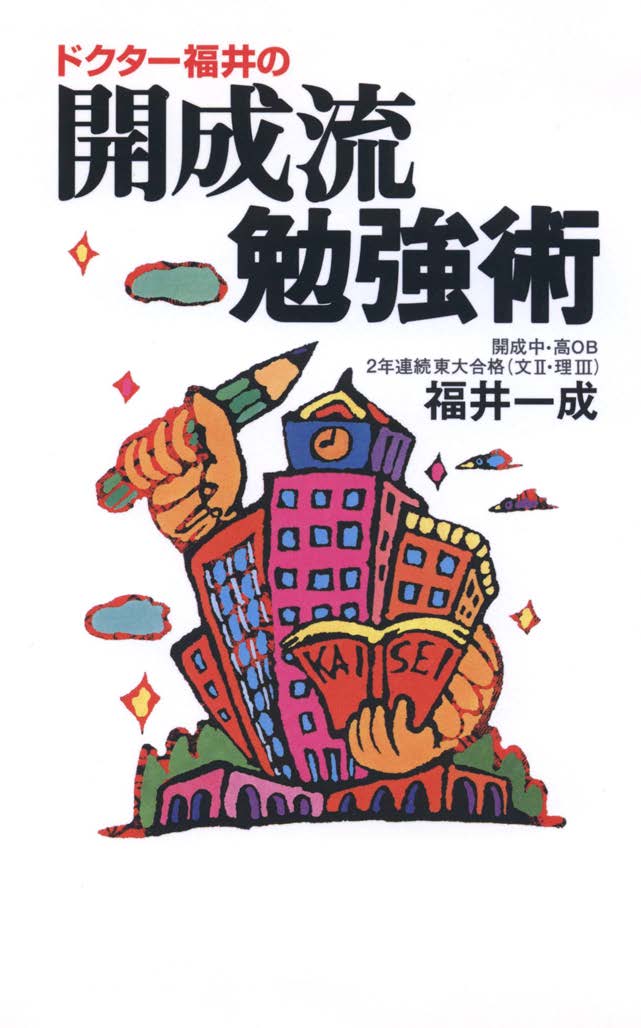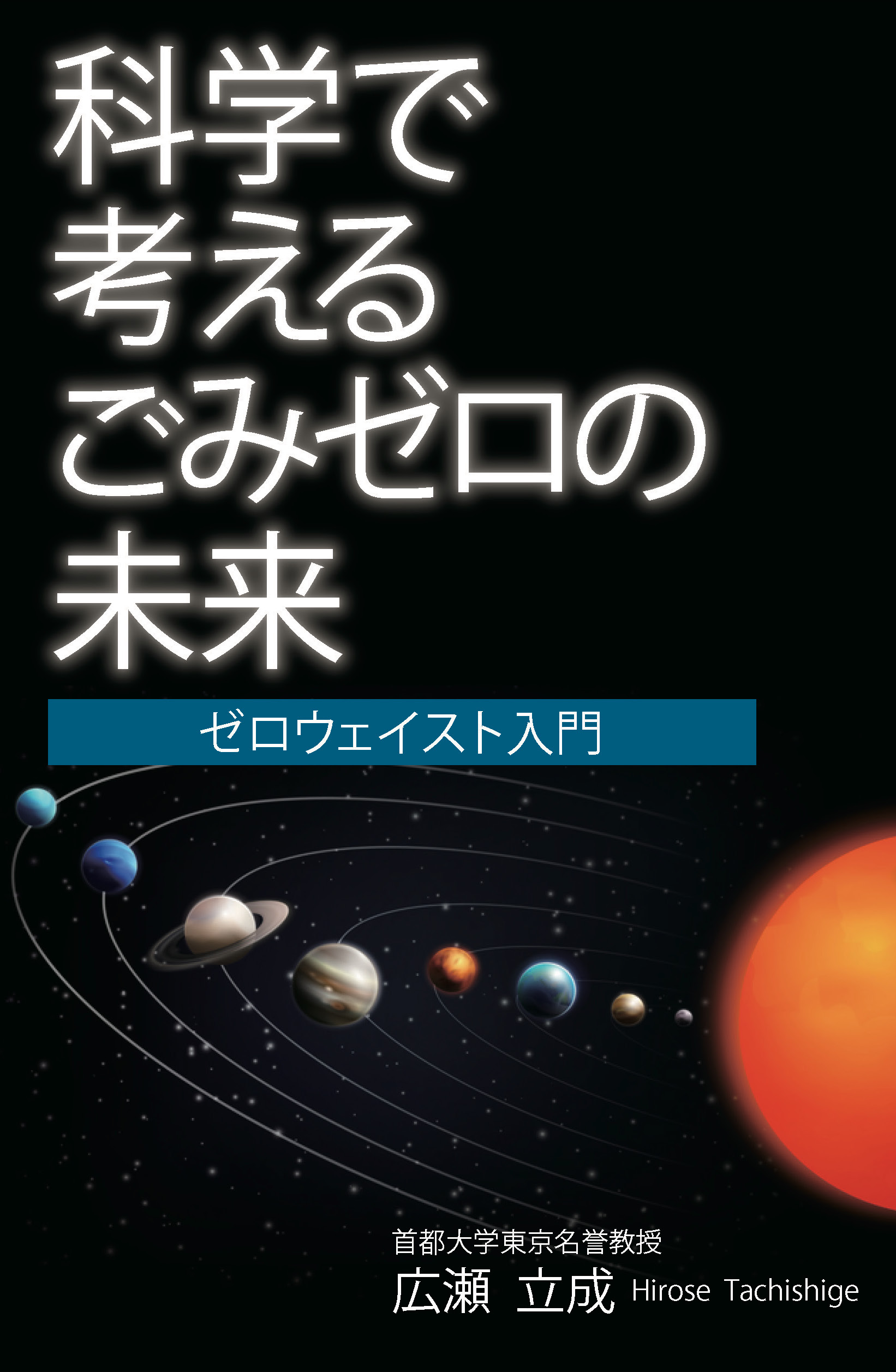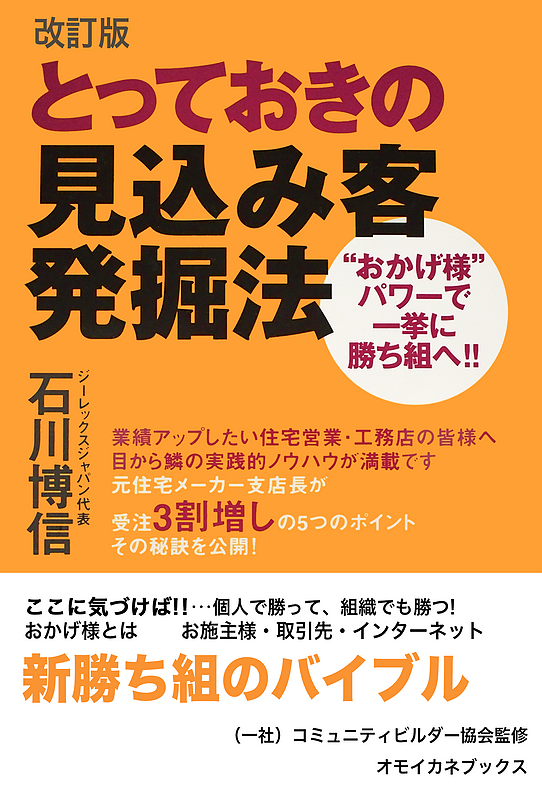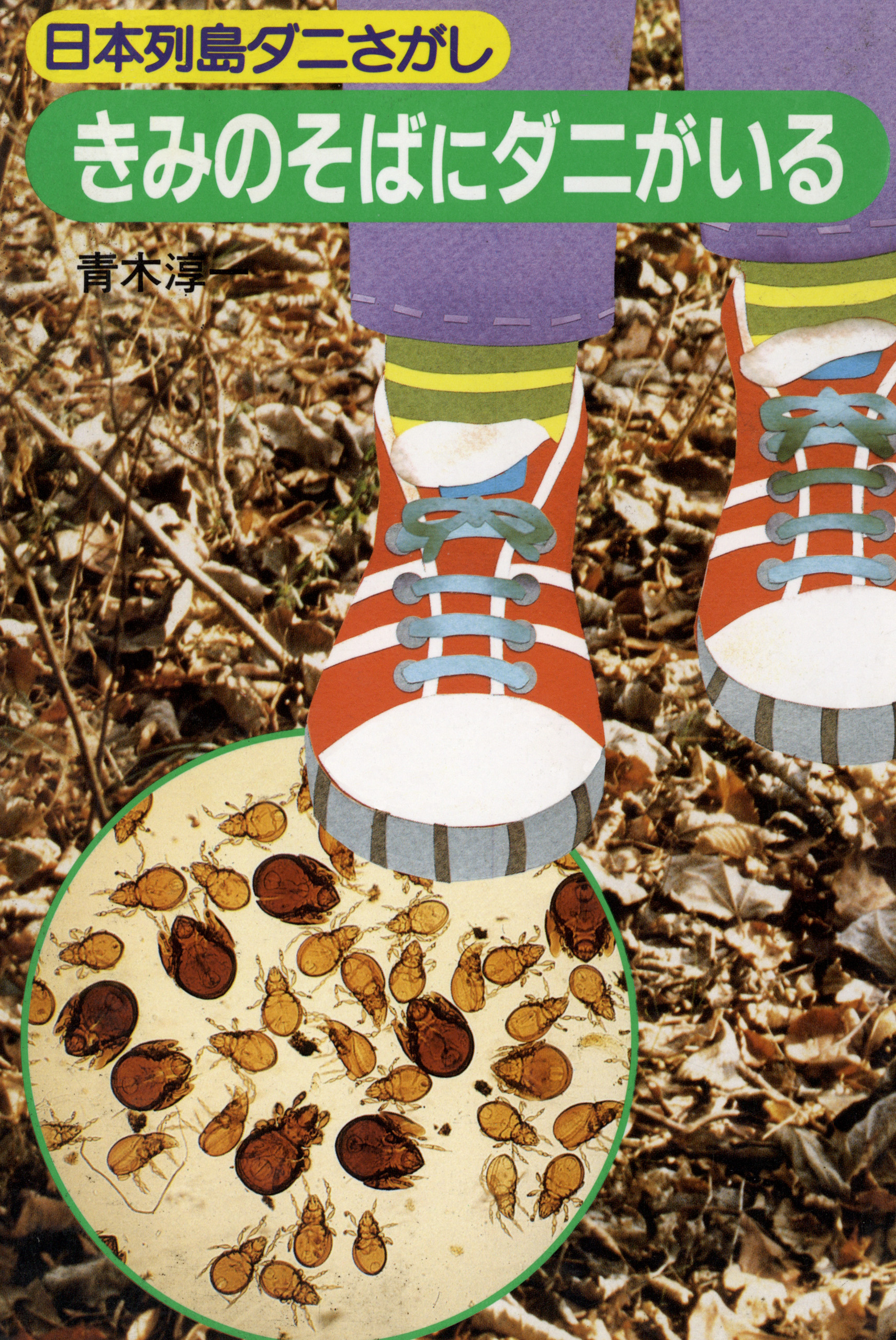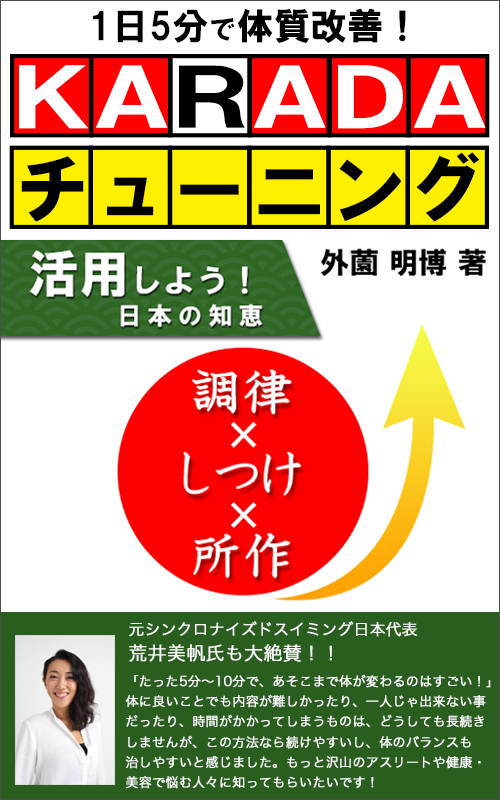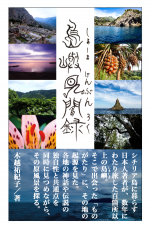現代文化のルーツを探る⑲ 畳
公開日:
:
最終更新日:2021/03/13
現代文化のルーツ
皆さんこんにちは。オモイカネブックスの岩瀬です。
オモイカネブックスは、日本文化や日本精神、日本のアートを世界に発信する出版メディアとして活動しています。
皆さんの家には畳がありますか?
うちは昔ながらの田舎の家なので、畳の部屋がたくさんあります。それこそまったく使っていない部屋も。昔は冠婚葬祭も家で行っていましたからね。二間続きの和室に広縁がついた家がたくさんありました。
今の家はフローリングの部屋が多いですが、本格的ではないにしても畳の部屋や畳コーナーを設ける人も結構いますね。
畳の上に転がって昼寝するのって気持ちいいと思うんですよね。
昔から日本にあるイメージの畳ですが、その起源と歴史はどのようなものなのでしょうか?
畳のルーツを探ってみましょう!
畳は文字通り「たたむ」ことを意味していて、折り返して重ねるという意味でもあります。たためるもの、重ねられるものから、敷物すべてに意味したものだと言われています。畳が最初に文献に現れたのは奈良時代の「古事記」。火遠理命(ほおりのみこと)の条で「海驢の皮の畳」(アシカの皮の敷物)と「絹畳」(絹織り布の敷物)が記されています。
また古事記が伝えるヤマトタケルノミコトの物語(古事記中間・景行天皇条)の中で、ミコトの船が走水(はしりみず)の海を渡ろうとしたときに、その渡(わたり)の神が波を起こして妨害し、そのためにミコトの船が進むに進めず、それでオトタチバナヒメ(ミコトの后)がその身を供して海神の心をなだめようとする一説があり、その時の情景を「海に入りたまはむとする時に、菅畳八重、皮畳 八重、絁(きぬ)畳八重を波の上に敷きて、その上に下りましき」と伝えています。ここで言う「畳」は、今でいう御座(ござ)、薄縁、コモ、ムシロ に近かったようですね。
現存する最古の畳は奈良時代の物で、「御床畳」(ゴショウノタタミ)という木でできた台の上に置かれたものが、奈良東大寺の正倉院に保管されています。真薦(マコモ)を編んだござのようなものを重ねて畳床にして、イ草で編んだコモ(畳表)で覆って、錦の畳縁が付けられていました。その畳を木製の台の上に乗せてベッドのように使っていたとされています。
畳が現在のような形状になったのは平安時代からです。貴族の住まいが寝殿造りになると、板の間に座布団の代わりに敷いたり、寝具として家の中の所々に畳が置かれました。また権力の象徴としても畳が敷かれていたといいます。
鎌倉時代には、建造物の作り方が書院造になると、それまでは必要な場所にだけ置かれていた畳が部屋全体、床全面に敷かれるようになります。この時代の畳職人は「畳差」「畳刺」などと呼ばれるようになりました。その後室町時代になると部屋全体に畳が敷きつめられるようになり、客をもてなす座具から建物の床材として浸透していきました。
安土桃山時代から江戸時代にかけては茶道が発展し、茶室の手法を採り入れた数奇屋風のものになり、江戸時代の中頃を過ぎると町人の家にも徐々に畳が使われ始めます。江戸の長屋では長屋を借りる者が自分で畳を用意していました。そのため、畳はとても大切にされていました。
明治時代になり、それまでかかっていた畳の柄への規制は解除され、明治維新後に畳は広く浸透していきます。高度経済成長期と共に人々の生活も西洋風に変わっていきますが、それでも家の中は畳の部屋が基本となっていました。
畳の文化は、古代中国や朝鮮半島伝来のものでなく、大和民族が生活の知恵として生み出した世界に誇るべき住文化の1つです。僕たちは改めてこの素晴らしい文化を見直し、活用していく必要がありますね。
Hello everyone. This is Iwase from Omoikane Books.
Omoikane Books is a publishing media that introduces Japanese culture, Japanese spirit, and Japanese art to the world.
Do you have tatami mats in your house?
We live in a traditional country house, so we have many rooms with tatami mats. Even rooms that are not used at all. We used to have weddings, funerals, and ceremonies at home. There were many houses that had two Japanese-style rooms with a wide veranda.
Most houses nowadays have wooden flooring, but there are quite a few people who have tatami rooms or tatami corners, even if they are not full-fledged tatami rooms.
I think it’s nice to roll over on the tatami and take a nap.
Tatami is an image that has been around in Japan for a long time, but what are its origins and history?
Let’s explore the roots of tatami!
Tatami literally means “to fold,” and it also means to fold and stack. It is said to have meant for all rugs, from those that can be folded and stacked. Tatami first appeared in literature in the “Kojiki” of the Nara period (710-794). In the Kojiki (Records of Ancient Matters) of the Nara period (710-794), “tatami of sea lion skin” and “tatami of silk” are mentioned in an article by Hoorinomikoto.
In the story of Yamatotakeru no Mikoto in the middle of the Kojiki (Emperor Keiko’s Article), when Mikoto’s ship was about to cross the Hashirimizu Sea, the god of the crossing caused waves to obstruct it, so that Mikoto’s ship could not proceed, and Ototachibana-hime (Mikoto’s wife) offered her body to appease the sea god. The story goes, “When I entered the sea, I spread eight layers of Kan tatami mats, eight layers of leather tatami mats, and eight layers of polypropylene tatami mats over the waves, and descended on them. The “tatami” here seems to have been similar to today’s goza, thin edge, komo, and mushiro.
The oldest existing tatami mats date back to the Nara period (710-794), and are kept in the Shosoin Repository of Todaiji Temple in Nara, placed on a wooden stand called “Goshonotatami. Tatami mats were made by piling up mats made of woven mamomen, covered with tatami mats made of woven rushes, and attached with brocade tatami borders. The tatami was placed on a wooden stand and used like a bed.
It was in the Heian period (794-1185) that tatami took on its present shape. When aristocrats’ houses were built in the shinden style, tatami was laid out in place of cushions in the wooden floor, or placed in various places in the house as bedding. Tatami was also used as a symbol of power.
In the Kamakura period (1185-1333), when the construction method was changed to shoin-zukuri, tatami mats, which had been placed only where they were needed until then, came to cover the entire room or floor. Tatami craftsmen of this period came to be called “tatami-sashi” or “tatami-ashi. In the Muromachi period (1336-1573), tatami began to be used to cover entire rooms, and the use of tatami became widespread as a flooring material in buildings.
From the Azuchi-Momoyama period (1573-1603) to the Edo period (1603-1868), the tea ceremony developed, and tatami became a part of the sukiya style, adopting the techniques of the tea ceremony. In Edo tenement houses, those who rented tenements prepared their own tatami mats. For this reason, tatami was very important.
In the Meiji period (1868-1912), restrictions on tatami patterns were lifted, and tatami became widely used after the Meiji Restoration. With the rapid economic growth of Japan, people’s lifestyles changed to a western style, but tatami rooms were still the basic style in the house.
The culture of tatami is not something that came from ancient China or the Korean Peninsula, but it is one of the living cultures that the Yamato people should be proud of. We need to reevaluate this wonderful culture and make use of it.
deepLFree.translatedWithDeepL.text
関連記事
-

-
現代文化のルーツを探る⑰ 味噌汁
2021/03/05 |
皆さんこんにちは。オモイカネブックスの岩瀬です。 オモイカネブックスは、日本文化や日本精神、日本の...
-

-
現代文化のルーツを探る㉛ 菖蒲湯
2021/04/30 |
5月5日端午の節句が近づいてくると、スーパーには「菖蒲」が並びますね。 普段はほとんど見ることのな...
-

-
現代文化のルーツを探る㉕ 豆腐
2021/04/06 |
暖かい日が続いたかと思ったら、ここ2、3日は寒の戻りで肌寒いですね。 僕が住んでいる関東ではそろそ...
-

-
現代文化のルーツを探る㊻ 花火
2021/08/26 |
夏の風物詩と言えば花火ですね。 今年はコロナ禍の影響もあり、各地の花火大会が中止となってしまいまし...
- PREV
- 現代文化のルーツを探る⑱ 納豆
- NEXT
- 現代文化のルーツを探る⑳ うどん

